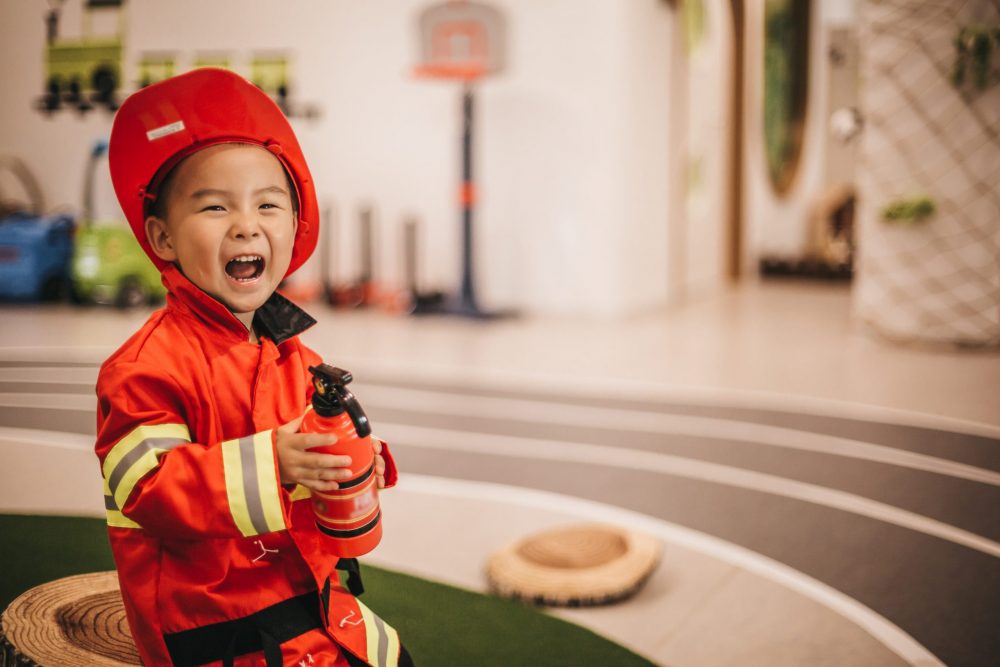Shockingly, there are still schools that do not practice school safety evacuation and lockdown drills as often as they should (or not conducting them at all) at the risk of traumatising students and/or teachers. However, there is far greater risk by exposing staff and students to a potential emergency without the knowledge and skills required to be ready, resilient and able to respond effectively.
The Australian Standard AS3745-2010 Planning for Emergencies in Facilities states that an evacuation drill should be conducted at least annually. Best practice in schools is to conduct at least one evacuation drill and one lockdown drill annually.
In addition to meeting compliance standards, there are real benefits to conducting these drills, including:
- Ensuring the process works by ‘testing’ emergency procedures
- Building confidence, empowerment and capability amongst staff and students to respond effectively to an emergency
- Parents gain increased confidence in the school’s response capability, and ultimately their child’s safety while at school.
So, how do you conduct school safety drills without causing panic?
There are some unique considerations when planning and conducting evacuation or lockdown drills in a school. While there are some providers that implement ‘surprise’ drills for staff and students using actual people and fake weapons, our approach is to conduct safety drills with suitable exercises to effectively educate students and staff without causing panic.
Our recommended approach involves:
1. Scheduling the required drills for the year
This ensures compliance standards are met and ensures that the required personnel are prepared. We recommend scheduling school safety drills at least every term – two evacuations and two lockdowns per year.
2. Advising the Emergency Control Organisation (ECO), staff and parents that the drills will be occurring
While you may elect not to inform them of the actual proposed date of the drill, give them an idea of when they can expect it to occur to ensure that unnecessary panic is not created.
‘Surprise’ school safety drills should be avoided until the school is experienced in the evacuation and lockdown processes.
Additionally, when parents are informed that safety drills are occurring, they can assist by reinforcing the knowledge and skills provided to their children.
3. Gradually increasing the challenge levels of the drills
After two evacuations and two lockdowns having been conducted (recommended), gradually increasing the complexity of the drills will only strengthen the school’s preparedness to manage an emergency effectively. For example, conducting a lunchtime drill, adding first aid exercises or evacuating to an alternate assembly area will give you a chance to see if additional elements could impact how a real evacuation or lockdown might play out.
4. Implementing age-appropriate exercises
Educating children through relatable age-appropriate exercises like stories, songs and role play can help them understand and feel prepared to handle an emergency at school without being traumatised by the situation.
5. Ensuring debriefs are conducted
A drill debrief is an imperative way to gain insight into what works and what requires improvements, allowing for adjustments to be made to the procedures, equipment or team capability. This also provides an opportunity for the team to ask questions for further clarification if required.
6. Practice the process
Outside of the scheduled drill times, it is recommended that schools practice the process via training to strengthen staff and students’ preparedness in the event that a real emergency evacuation or lockdown does occur.
When evacuation and lockdown drills are conducted as planned and on a regular basis throughout the year, staff and students will further their understanding on how to effectively respond to different emergencies. And, if their knowledge and skills ever need to be put into real-life practice, they will be better equipped to respond confidently.

